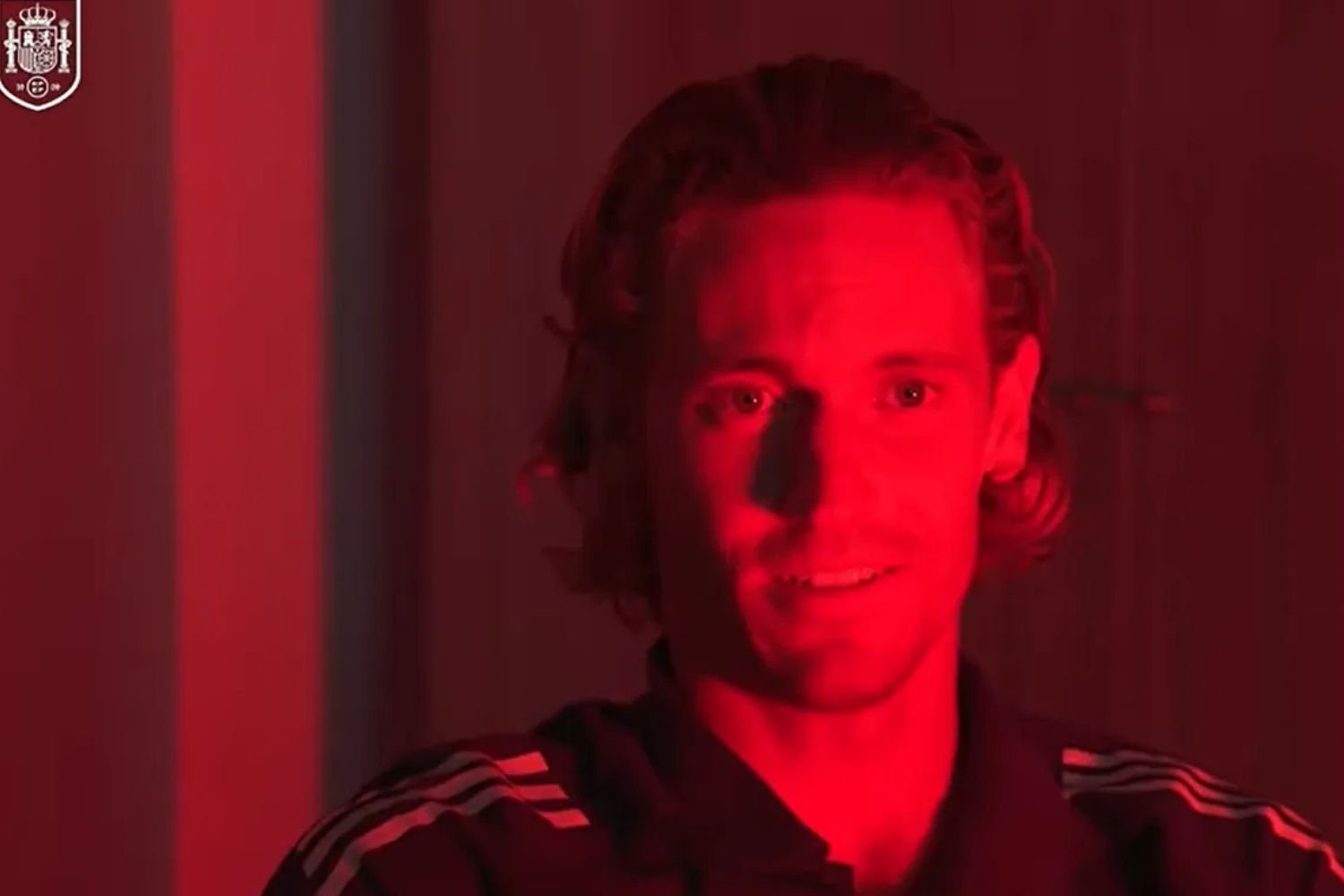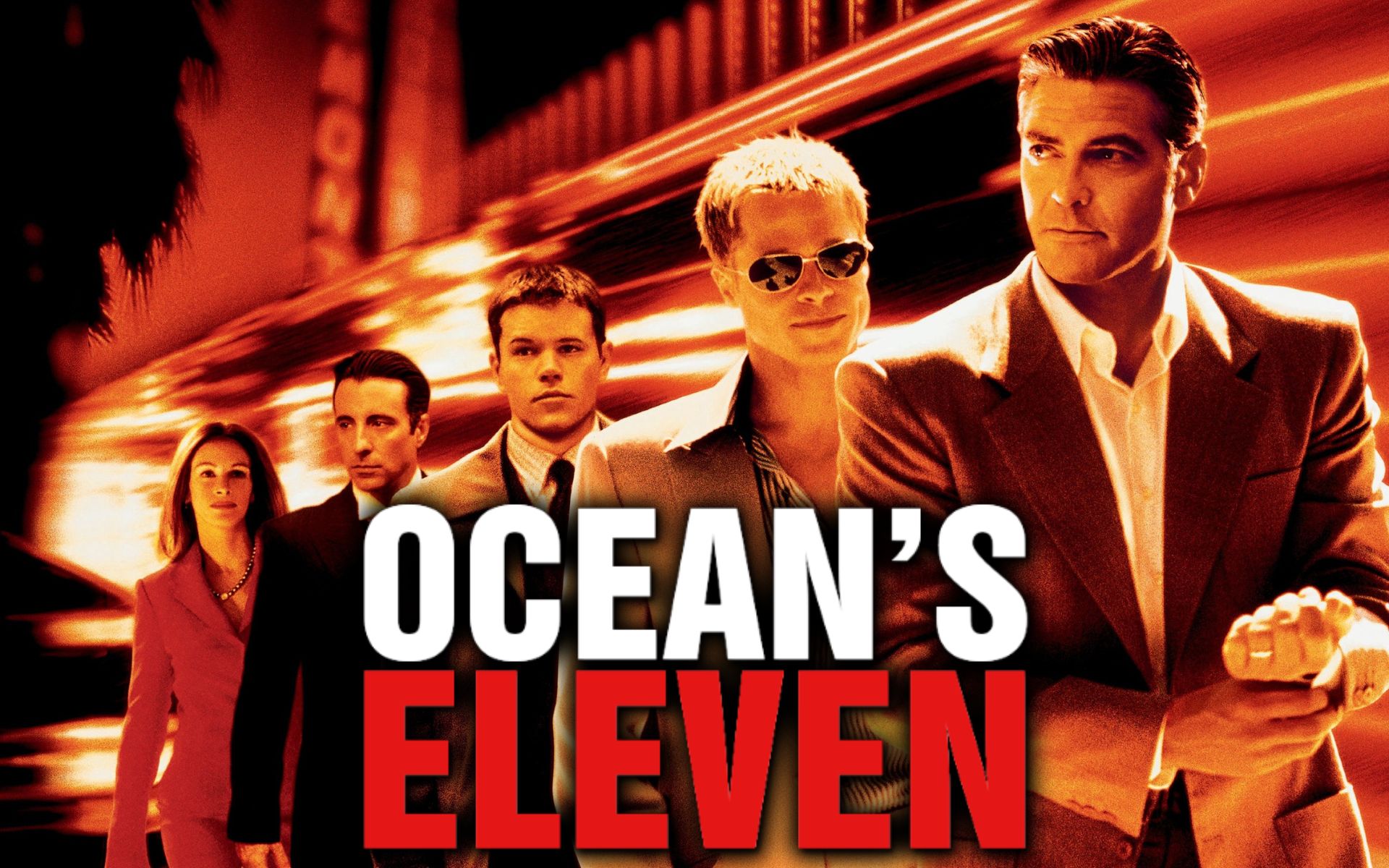Movie boogeyman, written by Rob Savage, is an adaptation of a short story by writer Stephen King turned into a horror scene. The director is trying to give context to the creepy concept of an entity that lurks in the dark and feeds on fear. Whereas the story on which the idea is based is suggested simply by conversation, the feature film explores the dread of suffering, loss, and absence. All of this is directly linked to the possibility of an increasingly dangerous and deadly supernatural event.
Of course, the film complements the famous list of adaptations of Stephen King. One of the few who can boast that much of his literary universe has been transferred to film and the small screen. To date, more than two hundred versions of his individual stories, short stories and sagas are part of the history of film and television. Which, without a doubt, is evidence of the influence and popularity of his work.
We leave you with five of the best adaptations of Stephen King’s vast repertoire of short stories. Most of them have become classics of the horror genre, while others are part of the most select universal cinema. From a girl who embodies teenage anger on a brutal level, to one of the most heartbreaking endings in the seventh art. A demonstration that the talent of the so-called Master of Terror reaches all limits and registers.
CarrieStephen King classic
The world of teenagers can be especially cruel, especially when bullying and abuse become a constant danger. Carrie, the film adaptation of Stephen King’s first novel by Brian De Palma, combines a supernatural element with youthful sadness. The result is a tense and heartbreaking narrative that perfectly conveys the rarefied atmosphere of the work from which it comes.
Carrie White (Sissy Spacek) is abused by her tough mother (Piper Laurie) as well as her classmates. Little by little, the situation will become untenable in the middle of the protagonist’s self-discovery process. Almost by accident, Carrie discovers she has telekinetic powers. Strong enough to kill with them.
After being invited to a graduation by a popular guy, Carrie subjected to painful public humiliation. Drenched in pig’s blood on the school dance stage, she loses control of her mysterious powers. Finally, he uses it to get revenge on his attackers. In a scene that has become iconic in horror films, the character kills each of the boys in attendance at the event. Between the flames, he dies, setting off a fatal accident for those who planned the prank that caused the ultimate chaos.
This Stephen King adaptation was a critical and box office success, opening the doors of Hollywood to the writer’s stories. Considered a modern version of psychological tension with supernatural elements, it is still regarded as one of the best literary adaptations in cinema.
glowterror taken to a new level
This classic adaptation by Stanley Kubrick has the curious honor of being one of the few that Stephen King didn’t like. Based on the book of the same name glow tells the story, with some modifications, about the existential crisis of its central character.
While in fiction the writer Jack Torrance is a victim of the hotel’s evil environment Ignore, the film depicts his going insane. Like the author’s most personal novel, which he wrote in the most difficult moments of his alcoholism, this change confused him. In fact, he went so far as to claim that he turned the story of pain and fear he had imagined into something completely different.
However, the film is a disturbing vision of good, evil, and sinister events. In the production, which uses spaces to outshine the characters, the camera carefully scans a building that is isolated from the snow. At the same time, the script details the mental and physical collapse of its characters. The director, known for his perfectionism, sought to ensure that the production was filled with symbolic details, analyzing his fall into obscurity.
But he had a conflicted relationship with his actors. He pushed them into high-profile performances through brutal methods such as isolation or name-calling. What made actress Shelley Duvall push her physical and mental limits. However, Jack Nicholson gives an insidious figure torrance terrible strength and vivacity. The confrontation between them for life – and for the protection of the mysterious power of their young son – will end in one of the most symbolic episodes of this adaptation of Stephen King.
Element (What) part I and II
Director Andres Muschietti has managed to adapt one of Stephen King’s most famous books for the big screen in a colossal project that accurately captures his twisted spirit. Book This is what) is a step-by-step reconstruction of a terrifying mystery spanning twenty-seven years and five generations of the fictional city of Derry. But, in addition, he explores the roots of fear, the supernatural from a cosmic point of view, and inner darkness.
The adaptation of this Stephen King novel is ambitious enough to bring the original structure of the novel to the screen. The screenplay follows the story of the Losers, a group of children terrified by the evidence of a rapidly growing evil in the city where they live. Finally, they will face an evil entity in the form of a clown who calls himself penny wise.
The story, divided into two parts, covers various aspects of the paper version. In one, the characters are depicted as children in the 1980s, in the other, the adults they became 27 years later. The line that unites both dimensions of the narrative is fear turned into a corrupted and insatiable monster.
Green MileOne of the best adaptations of Stephen King
The late director Frank Darabont is considered one of those who best understood the work of Stephen King. The proof of this is that he directed the adaptation of one of his most touching and gritty stories. One that deviates from its usual theme to delve into kindness, sacrifice, and the power of honesty. Based on the 1996 TV series, the film tells the story of the stories as a single set.
Released in 1999, the screenplay was also written by the director, who worked with Stephen King to create a suitable version of the sensitive story. His argument is considered essentially the same as the book. Guard Paul Edgecomb (Tom Hanks) works on death row in a Louisiana prison in the 1930s. There he meets an inmate John Coffey (Michael Clarke Duncan), which will change the way you look at justice, miracles and redemption.
The Stephen King adaptation is a subtle look at the sense of inevitability and beauty of great leaps of faith. While the element of the supernatural is retained, this time it’s about a transition to a prodigy with the ability to change perspective on evil.
Fog
This film adaptation of a short novel by Stephen King, also written by Frank Darabont, is set in a harsh, post-apocalyptic setting based on uncertainty. The plot explores the story of a group of people trapped in a supermarket after a mysterious fog shrouds their city and deadly creatures begin to appear. With no explanation and no way out, they find themselves locked in and stressed out by a terrifying possibility. The elusive and silent landscape that flashed through the windows of the institution – the end of the world?
David Drayton (Thomas Jane) has no conclusions about this. So he decides to stay with his son at the supermarket while he tries to figure out what’s going on. As the atmosphere thins further and monsters attack outside, the group will attempt to escape. Finally, he will achieve this, and eventually they will be convinced that the external landscape is bleak. The gigantic and intimidating creatures they have spotted seem to dominate everything, ready to kill anyone in their path.
Without salvation and besieged, David and those who accompany him, then make a decision. That they committed suicide in the car they were trying to escape in. One by one, they do this until only David survives. Just then, he hears the familiar sound of trucks driving down the road he is on. The fog clears and he witnesses the passage of a group of army vehicles ending the emergency. Considered one of the most difficult and violent endings in horror films, the Stephen King adaptation ends with David on his knees, screaming in pain and panic.
Source: Hiper Textual













